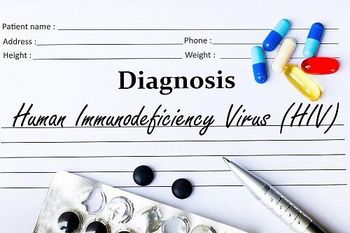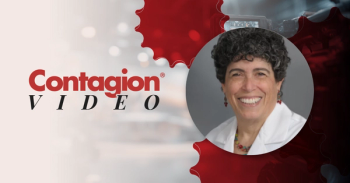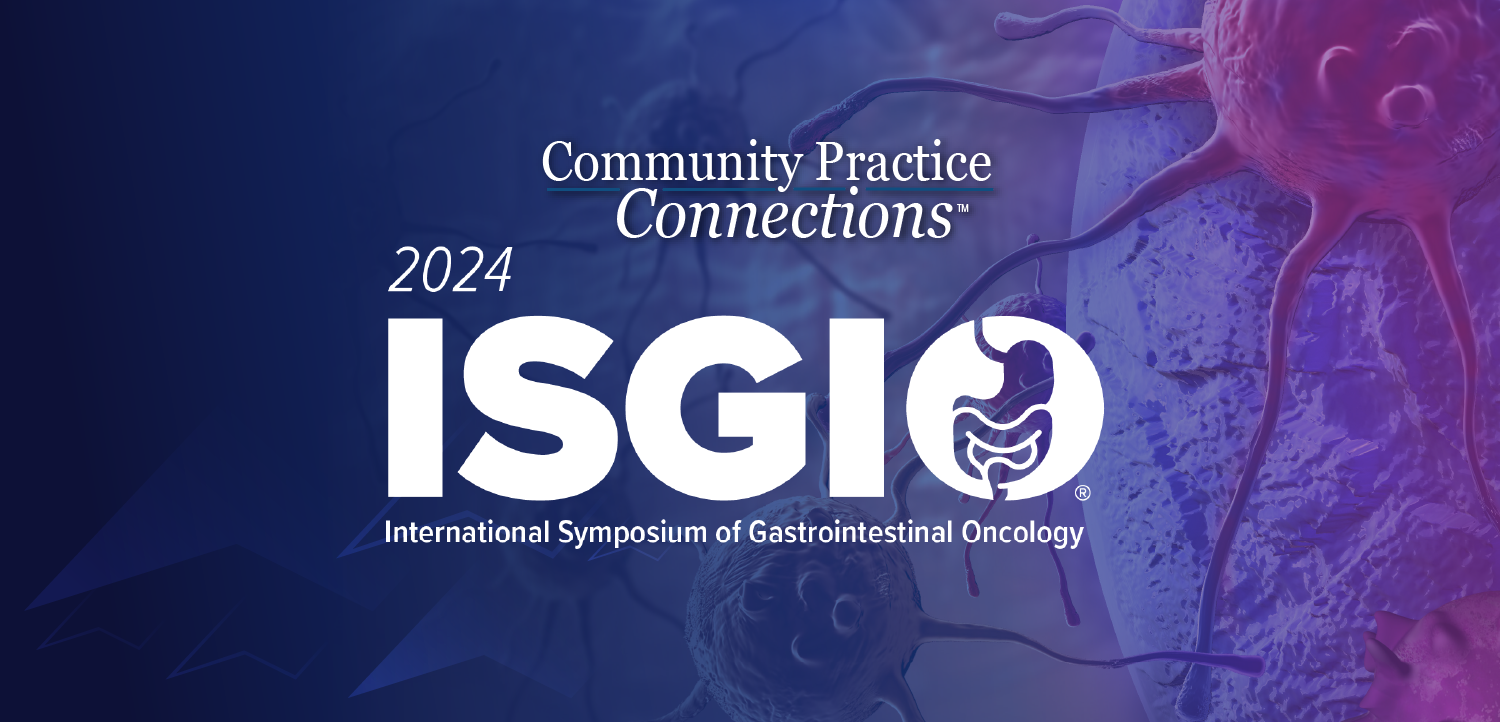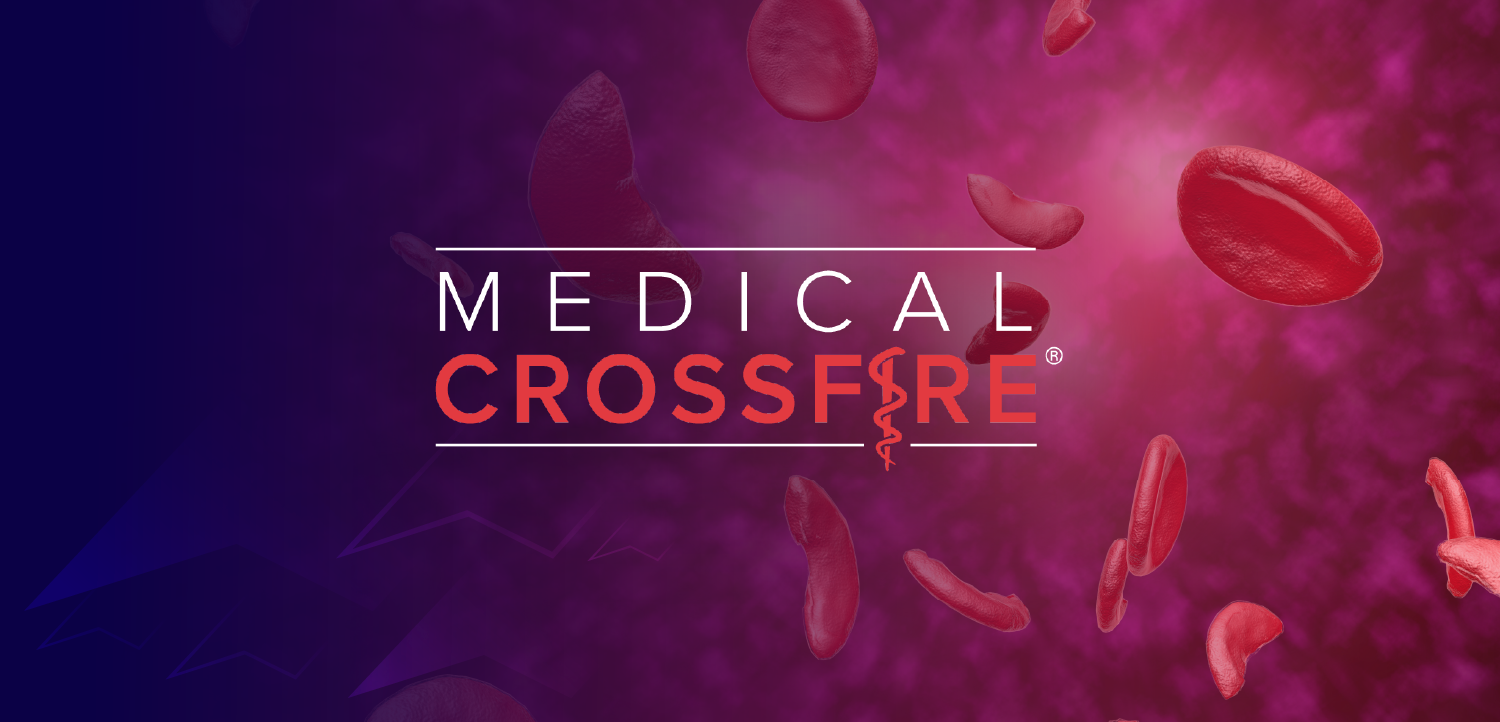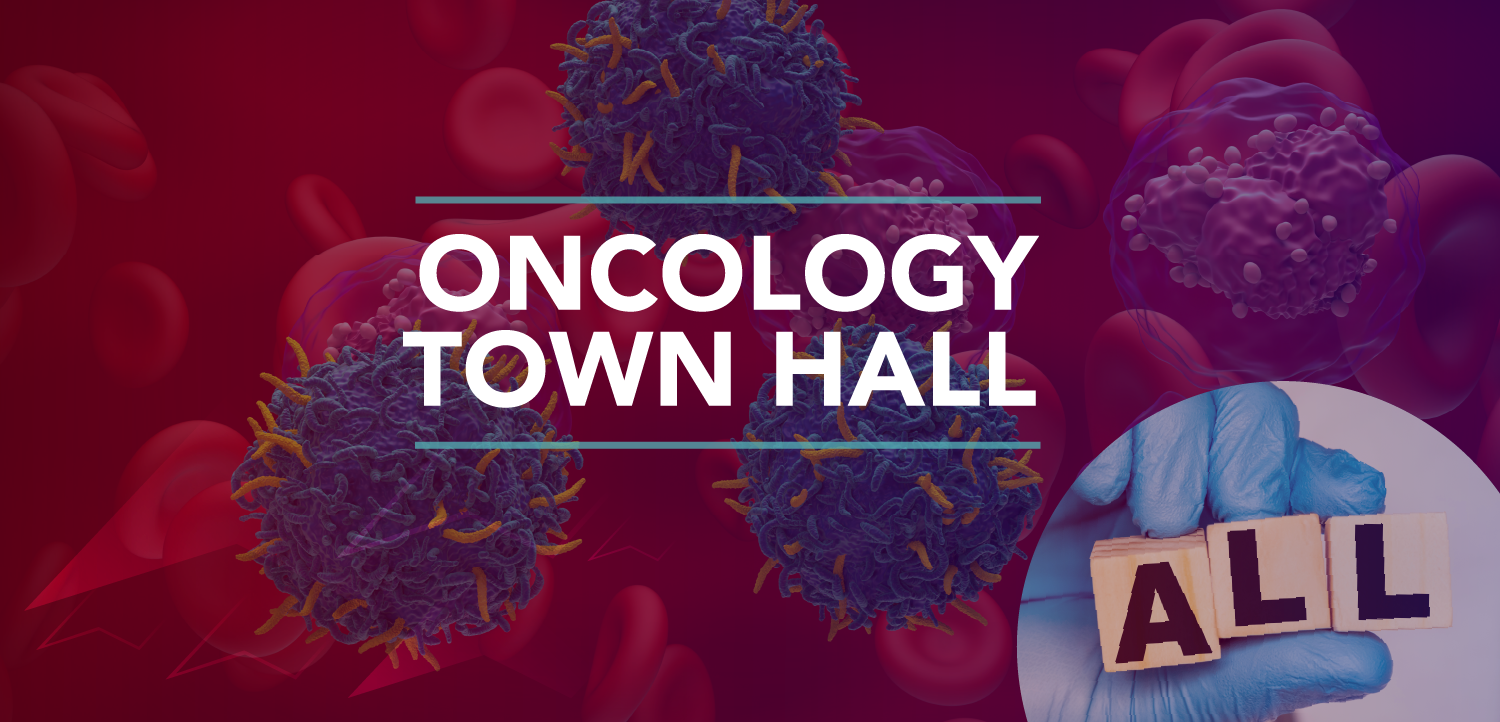Pandemics, Pathogens, and the Psychology of Violence
Ep 2, Part 1 of 4: How infectious diseases may fuel global instability in a conversation with psychiatrist Robert Bransfield, MD.
Starting off episode 2 of our series with psychiatrist Robert C. Bransfield, MD, we explore the powerful yet often overlooked connection between infectious diseases, violence, and global instability. Drawing from decades of clinical experience and historical research, Bransfield outlines how certain infections can impair brain function, disrupt emotional regulation, and contribute to aggressive or violent behavior, both in individuals and across societies. From neuroinflammation and impaired empathy to the manipulation of host behavior by microbes, this episode investigates how biological and environmental forces can shape the trajectory of conflict, instability, and even history itself.
Bransfield begins by reflecting on a pivotal moment in his career, a medical presentation delivered in Paris, before the COVID-19 pandemic changed the world. “In 2017, I gave a presentation at a medical meeting in Paris. The presentation was titled 'If Ever We Have a Pandemic at Some Point in the Future That Causes Mental Impairments Associated With Violence, It Could Result in Global Instability.' That was the title of my paper. I really hoped that would never happen. But then the pandemic came.”
After the onset of COVID-19, Bransfield returned to that earlier hypothesis with renewed urgency. “Then I took a look back at that hypothesis and questioned it: Did that, in fact, occur or not? And if it did occur, what was the support for it? What would be the implication of it, beyond the pandemic itself?”
COVID-19 and the Spike in Global Violence
Bransfield points out several behavioral and psychiatric effects observed during the COVID-19 pandemic, each of which can increase the risk of violence. “Looking just at the pandemic, with COVID-19, was there an association between violence and global instability? There were different ways to look at that. One is [that] COVID-19 did result in emotional impairments—of a number of different sorts. It resulted in cognitive impairments. It resulted in increased substance abuse. Those 3 things collectively increase the risk of violent behavior.”
“If we looked at monitors, particularly violence, there were studies that looked at it. After the pandemic, there was an increase in child abuse. There was an increase in domestic violence. There was an increase in elder abuse. And there was an increase in gun-related violence. Different studies showed that.”
The impact extended beyond individual cases. “Also, when we looked at global statistics, there was a 45% increase in violent behavior—and that was before the 2 wars, before the Ukraine war and before the Middle East war broke out. There was also the Global Peace Index, which looked at peace in different countries and throughout the world, and that declined following the pandemic.”
The takeaway, Bransfield argues, is clear. “So when you add all that together, it was clear that the pandemic resulted in increased violence and increased global instability. And we’re living in a global community now, where violence isn’t isolated to one small corner of the world; it spreads.”
What About Other Infections?
This observed link between one viral outbreak and heightened violence prompts a broader, more unsettling question. “If the pandemic of COVID-19 increased violence, what about other infections? Could other infections do that too? And if so, how can we look at that in a methodical way to understand it—and then what can we do to prevent it?”
Lessons From History
Bransfield identifies World War I as a historical example where widespread infections may have shaped future instability. “One way to look at it is historically—looking at other infectious diseases, looking at other pandemics. The initial reference point was World War I. In World War I, there was a huge number of infections related to the war that caused a lot of brain injury in a very large number of people and in specific individuals who then became leaders in World War II, such as Hitler.”
Cycles raise deeper philosophical questions. “If we look at it historically, we have these cycles. When we’re working together, we can achieve great things—we can conquer polio, we can fly to the moon, come up with new inventions that improve the quality of life. But then there are other times when history shows a predominance of conflict. And that gets us into a certain philosophical question of, is man just violent, and are we on a path of self-destruction? Or is violence a pathological process?”
Understanding Violence as a Pathological Process
If violence is not innate but pathological, then the outlook becomes more hopeful. “If it’s a pathological process, then we can understand it, we can treat it, we can prevent it—and we’re not doomed to follow a path of violence.”
That understanding requires examining all contributing factors. “In order to do that, we have to look at every contributor to violence. If you look at the formula for violence, there are multiple contributors and multiple deterrents—and it’s the balance between the two. Some of those contributors are acute, and some are chronic. Some of those contributors are very well understood, and some aren’t.”
And finally, he returns to the central question raised by the pandemic experience. “And when we look at what happened with the COVID-19 pandemic—where there was an indication that the infection associated with that pandemic did increase the risk of violent behavior and global instability—might that also be associated with other infections?”
Stay tuned for part 2, where Bransfield continues this conversation and expands on each of these areas in greater detail, exploring the neuroscience of violence, historical case studies, and what we can do to better predict and prevent the next wave of instability.
Tune into episode 1 of our series, split into 4 parts, for more background context:
Newsletter
Stay ahead of emerging infectious disease threats with expert insights and breaking research. Subscribe now to get updates delivered straight to your inbox.

